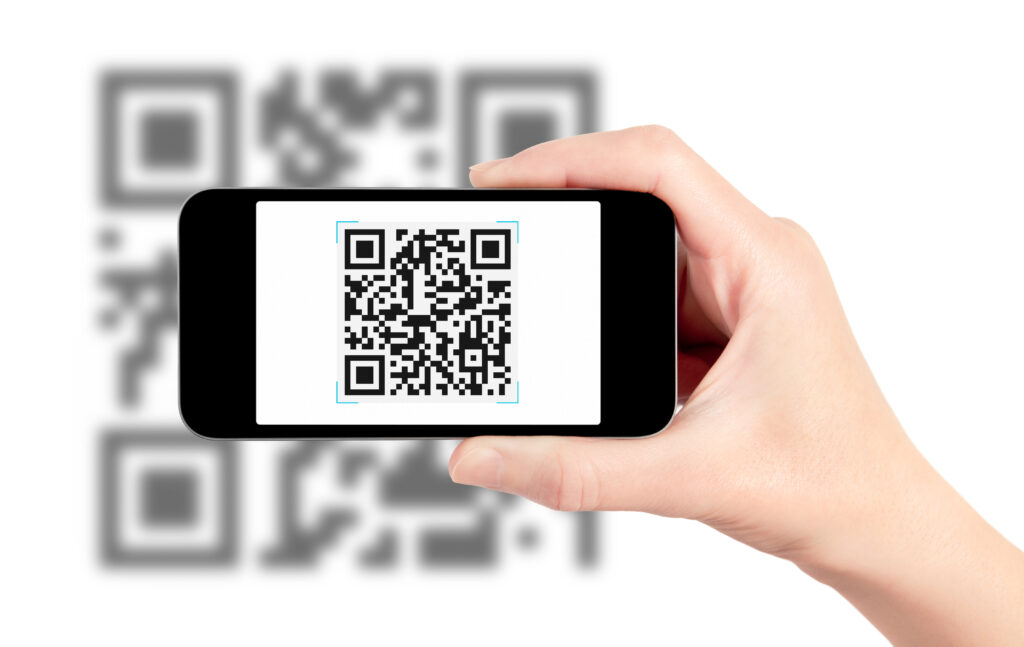
QR stands for ‘quick response’. QR codes are usually a square shaped graphic, and they work in a similar way to the barcodes you might find on any product in a shop or on a parcel. You will often see them on posters and other public displays. Increasingly, they are being used to share links to digital resources for students.
Modern mobile devices with cameras, can ‘read’ the QR code and detect the small amount of information hidden within the image. The data will often be a link to a website, but a QR code can also contain other useful data such as the details of a wireless network to make connecting easier, a phone number to dial without typing or an email address to ensure a message gets to the right person.
The key benefit of QR codes is that they eliminate the need for typing, greatly reducing the likelihood of errors. This makes them great both for use in busy classrooms or for projects out of class where students or others may have internet connected mobile devices.
They are also very easy to make and use.
Click Next page to check out some great ideas for making the most of QR codes.

Leave a Comment